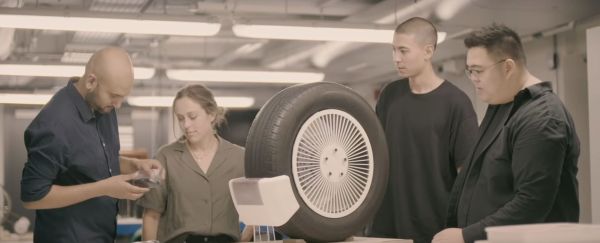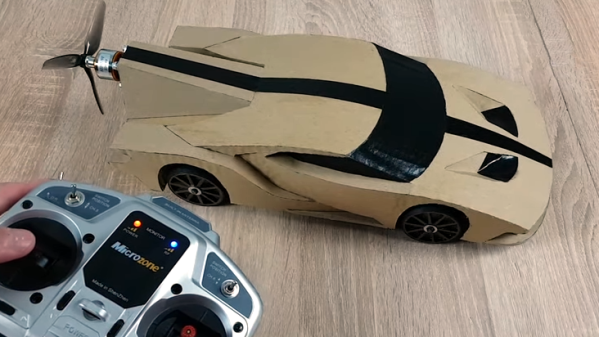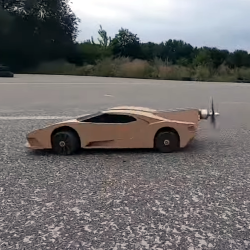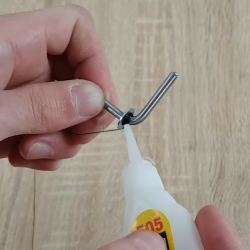The 20th century saw a great many cheap, utilitarian vehicles enter the marketplace. Cars like the Mini and the original Jeep offered low-cost, no-frills motoring. However, they were also decidedly low-tech, and not as reliable as modern cars by a long shot. The Citroën Mehari fits into this category neatly, and when [FVFILIPPETTI] grew tired of the unreliable points ignition system, he decided to build a more modern replacement.
The system is based around at ATmega328, the venerable chip many are familiar with from its starring role in the Arduino Uno. The chip tracks engine position with a magnet mounted on the flywheel combined with a hall-effect sensor, passed through an optocoupler to avoid nasty high-voltage spikes from the spark system interfering with the microcontroller. The chip then charges the ignition coil and fires it at the necessary time to ignite the air fuel mixture.
Old-school mechanical ignition systems were, if we’re honest, terrible compared to more modern solutions. This build has rewarded [FVFILIPPETTI] with a far more reliable ride, which we’re sure is very satisfying. If all this hacking has you thirsty for an automotive project of your own, dive into our primer on how to get into cars!



















